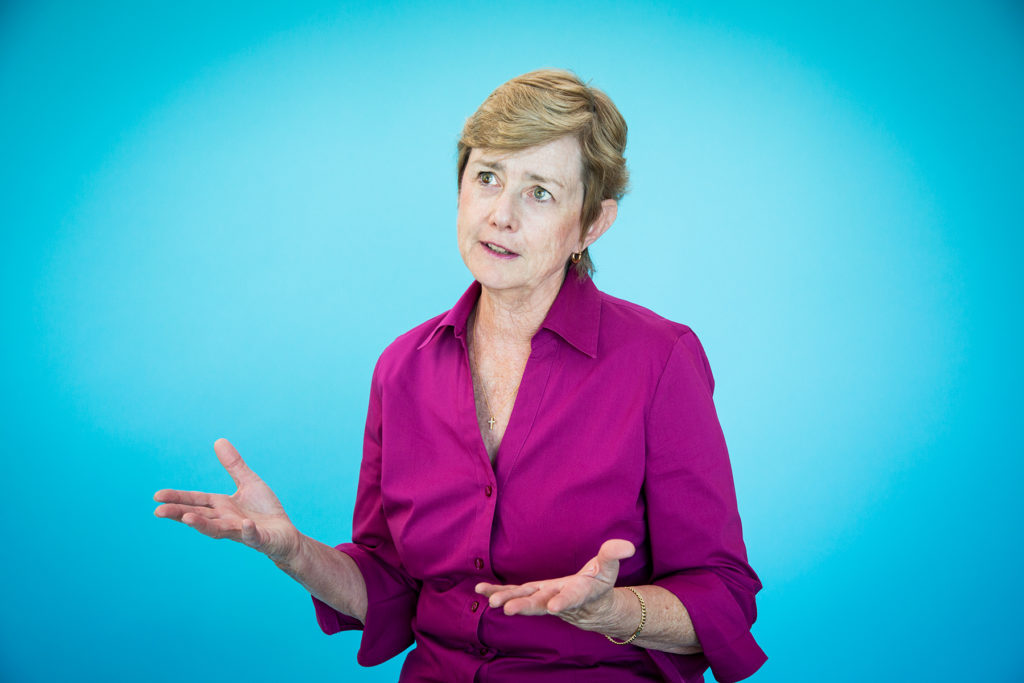
Victoria Graf, professor in the School of Education, is the former director of SOE’s Special Education Program. In December 2013, she was named a member of California’s Statewide Special Education Task Force, which will analyze the state’s systems for serving students with disabilities and make recommendations by the end of 2014. She was interviewed by Editor Joseph Wakelee-Lynch.
What proportion of California students are considered special education students?
Students with disabilities represent about 10.6 percent of the general school population. That means they have gone through a formal assessment process and are receiving service through what is called an individualized education plan.
What are some disabilities that the task force is concerned with and how common are they?
The federal government, through the Individuals With Disabilities Education Act, specifies 13 categories. In California, learning disabilities make up the largest category: from 45 to 50 percent of all students who are classified as having a disability. Students with speech and language disabilities are the next largest category. Some others are students with autism, Attention Deficit Hyperactivity Disorder, emotional disturbance, vision and hearing impairments, physical disabilities, and traumatic brain injuries.
What is the charge of the task force?
We are to make recommendations to the Board of Education, the state Legislature, the California Commission on Teacher Credentialing and the California Department of Education. It is the most high-profile task force in the field of education in California that I’m aware of or been a part of.
Was the task force formed in response to a particular problem?
Funding for special education has been a big concern for the state Board of Education and probably also for the state Legislature. The cost in California of educating a student with a disability is extraordinarily high. Also, educational outcomes for children with disabilities in California are abysmally low. If you look at subgroups of children, students with disabilities and those with disabilities who are also English-learners are some of the lowest functioning that we have. We also have a high dropout rate, a low graduation rate and a low employment rate for students with disabilities.
Do you see a systemic problem in California’s approach to special education?
We use a phrase in the field: “Special education is a set of services, not a place.” We’ve had a tendency to remove special education students from the mainstream classroom and put them in a room with an assumption that they’re going to get specialized services. That’s really not to the benefit of the child with a disability or the system, financially, ethically, morally or in terms of educational achievement. We all learn differently. We all have struggles in certain academic areas, or struggles socially or behaviorally. Yet we pick out a certain group of children and isolate them. We have to change that.
The task force is looking at teacher training. Are teachers’ methods or attitudes a concern?
Historically, we’ve had low expectations for children with disabilities by educators. Educators in general education, when they learn they are going to have a child with autism or Down’s Syndrome, have often said, “Those are your kids, not my kids,” as opposed to asking, “What can that child contribute to my class? How can other children benefit by interacting with that child?” We have to change the perspective and the lens of educators in general. We have to remove the silos between general education and special education and see it all as education, then provide services when a student struggles.
